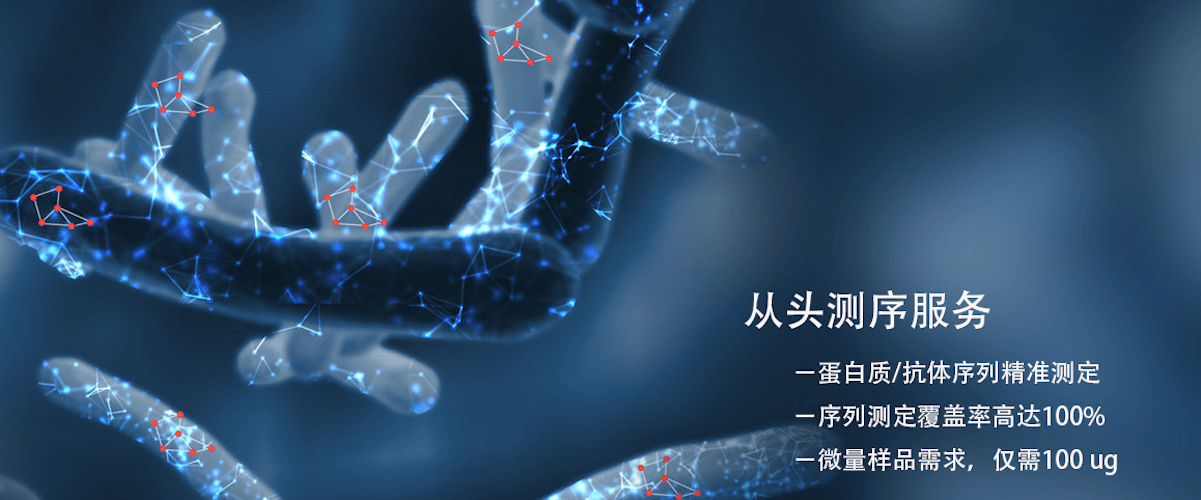Glycoprotein Analysis Service Super Value "Price" Period--May
With the rapid development of protein drugs, monoclonal antibody drugs have quickly advanced. As macromolecular glycoprotein drugs, the glycosylation of monoclonal antibody drugs has varying degrees of impact on their stability, efficacy, and safety. Therefore, comprehensive characterization of their glycosylation is of great significance.
This month, BioRay Biotech launched a glycoprotein-related analysis service event. Detailed event information is as follows:
Service items:Protein glycoform analysis,Protein glycosylation site analysis,Glycosylation site and glycoform analysis at the site
Event period:2019.05.01-2019.05.15
Event details
During the event, for orders of the above services:
1. For a single order over 30,000 RMB, receive a 100 RMB JD shopping voucher.
2. For a single order over 50,000 RMB, receive data analysis services.
Event rules
1. This promotional event cannot be combined with other promotions.
2. The final interpretation right of this event belongs to Beijing BioRay Biotech Co., Ltd.
For more promotional details, please contact: 010-67869385
Research process
I. Protein glycoform analysis
1. Use PNGase F enzyme to release N-glycans from the target protein.
2. Label N-glycans with 2-AA and specifically enrich them using SPE columns.
3. Depending on the complexity of the target protein glycosylation, select MALDI-TOF-TOF or LC-MS/MS to detect 2-AA-labeled N-glycans.
4. Use GlycoWorkbench software (CFG database) to determine N-glycans.
5. Analyze the relative abundance of the glycoform based on the mass spectrum peak area of the respective glycan.
II. Protein glycosylation site analysis
1. Digest the protein with multiple enzymes.
2. In heavy-labeled H218O, use PNGase F or various O-glycosidases to cleave glycans from the target protein. The peptides with glycosylation modification will carry an 18O.
3. Determine the glycosylation sites through database searches.
III. Glycosylation site and glycoform analysis at the site
1. Use multiple enzymes to digest the target protein to cover the target protein sequence as completely as possible.
2. After cleaving the glycans, analyze the glycosylation sites in the protein.
3. After determining the glycosylated peptides, re-digest the target protein while retaining the glycans on the peptides.
4. During LC-MS/MS analysis, use ETD/HCD/CID combined fragmentation to obtain as much peptide fragmentation information as possible.
5. Obtain accurate information on glycosylation sites and glycoforms in the target protein through software analysis and manual identification of glycosylated peptide spectra.
How to order?





